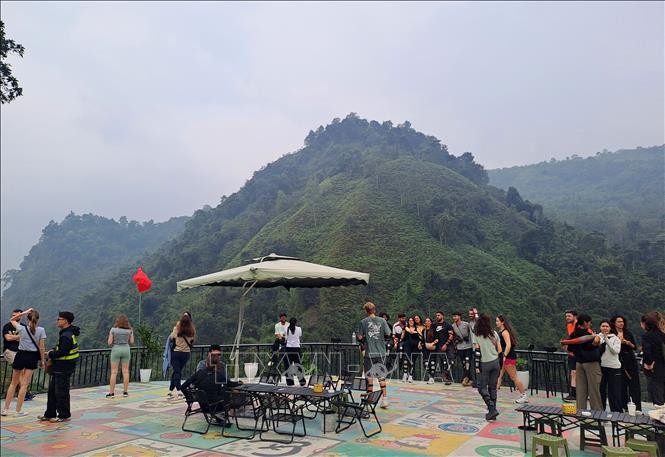
From a remote land with few visitors, Ha Giang has gradually become a destination that "captivates" many tourists with its majestic natural scenery and unique cultural identity. In particular, the traditional cultural values of the Mong ethnic group are gradually being preserved and strongly promoted, creating the soul of the Dong Van Stone Plateau.
When culture becomes a tourist attraction
With an area spanning four districts of Quan Ba, Yen Minh, Dong Van and Meo Vac, the Dong Van Karst Plateau UNESCO Global Geopark is not only notable for its majestic limestone mountains but is also home to 19 ethnic groups, of which the Mong people account for over 80% of the population. The rich and distinctive cultural identity of the Mong people has contributed to creating a colorful “living heritage picture”, becoming an invaluable tourism resource.
In recent years, Ha Giang has clearly identified: Tourism cannot only exploit nature but also needs to rely on indigenous cultural foundations, taking culture as the root for sustainable development. Since then, many programs and projects have been implemented to preserve and promote the traditional cultural values of the Mong people associated with the development of community tourism. Typically, Project 09-DA/TU of the Provincial Party Committee Standing Committee issued in 2017, with a vision to 2030, has become a guideline for a series of activities to preserve and restore Mong culture in a systematic and in-depth manner.
On the journey to explore the Stone Plateau, visitors cannot miss the "cultural villages" of the Mong people that have become ideal stops. Lung Cam Tren village (Sung La commune, Dong Van district) with its rammed earth roofs stained with time, square stone walls surrounding it and dreamy buckwheat flower gardens have become a beautiful backdrop for unforgettable memories. A little further away, Pa Vi cultural village (Meo Vac district) attracts visitors with its bustling Khen dances, markets full of products and the crisp laughter of highland children in colorful costumes.
Mr. Sung Mi Cho, a folk artist in Meo Vac district, shared: “In the past, we only wanted to have enough to eat, no one thought about preserving culture. Now that there are many customers, I perform the Khen, tell old stories, it is both fun and has extra income. My children and grandchildren have also started to learn the Mong language again, learn to make Khen... I feel like I am reliving the spirit of my ancestors.”
The districts of the Stone Plateau have planned and built 4 Mong ethnic community cultural tourism villages, each village has its own unique mark, associated with daily life, festivals and traditional occupations. The synchronous investment not only helps the border villages to revive but also contributes to shifting the economic structure, creating more jobs and improving people's lives.
Mong culture is not only present in the houses or the sound of the khen to call for a mate, but also hidden in the handicrafts that were once lost. In recent years, the professions of weaving linen, sewing traditional costumes, making khen, brewing corn wine... have been restored. Ms. Vang Thi Mai, Chairwoman of Lung Tam Linen Weaving Cooperative, Quan Ba District, shared: "Linen is the soul of the Mong people. Each piece of fabric has many stages, from planting, spinning, weaving, dyeing... Now that it is favored by customers and exported abroad, I believe more and more that traditional culture, if preserved properly, will never be outdated."
Currently, out of the province’s 43 traditional craft villages, 10 are run by the Mong people in the Stone Plateau. Many products such as Mong pipes, Thanh Van corn wine, Lung Tam linen, etc. have become typical gifts of Ha Giang, spreading Mong culture beyond the border.
From heritage to development momentum

Despite many remarkable achievements, the work of preserving and promoting Mong culture still faces many challenges: Many heritages have not been effectively exploited; tourism products are not really diverse; the generation of artisans holding the quintessence is gradually fading away. Therefore, promoting the role of the community, especially prestigious people and folk artisan associations, is a key factor. In addition, propaganda, skills training, investment in tourism infrastructure, etc. need to be further promoted.
Mr. Hang Mi De, a son of the Mong ethnic group and former Head of the Propaganda Department of the Ha Giang Provincial Party Committee, expressed: “If we want sustainable tourism, we must have the active participation of the people. No one understands and preserves culture better than they do. How can we help people understand the value of seemingly ordinary things around them, so that they can be proud, preserve them and develop together?”
Dong Van Stone Plateau with its majestic landscape and unique cultural life is gradually becoming a national tourist area, reaching international level. In that journey, the Mong cultural identity is the indispensable "soul". Preservation is not "freezing" the past, but reviving traditional values in the modern flow, so that culture is not only a heritage but also a driving force for economic development, enriching national identity.
With the determination of the Party Committee and the people of Ha Giang ethnic groups, the consensus and joint efforts of the people and the growing interest from the tourism community, it is hoped that, with the existing potential and advantages of the locality, the rich diversity in the cultural and spiritual life of the Mong ethnic group, and its own unique characteristics, Dong Van Stone Plateau will always be a "red address" for domestic and foreign tourists.
Source: https://baolaocai.vn/mach-song-du-lich-tren-cao-nguyen-da-post400362.html


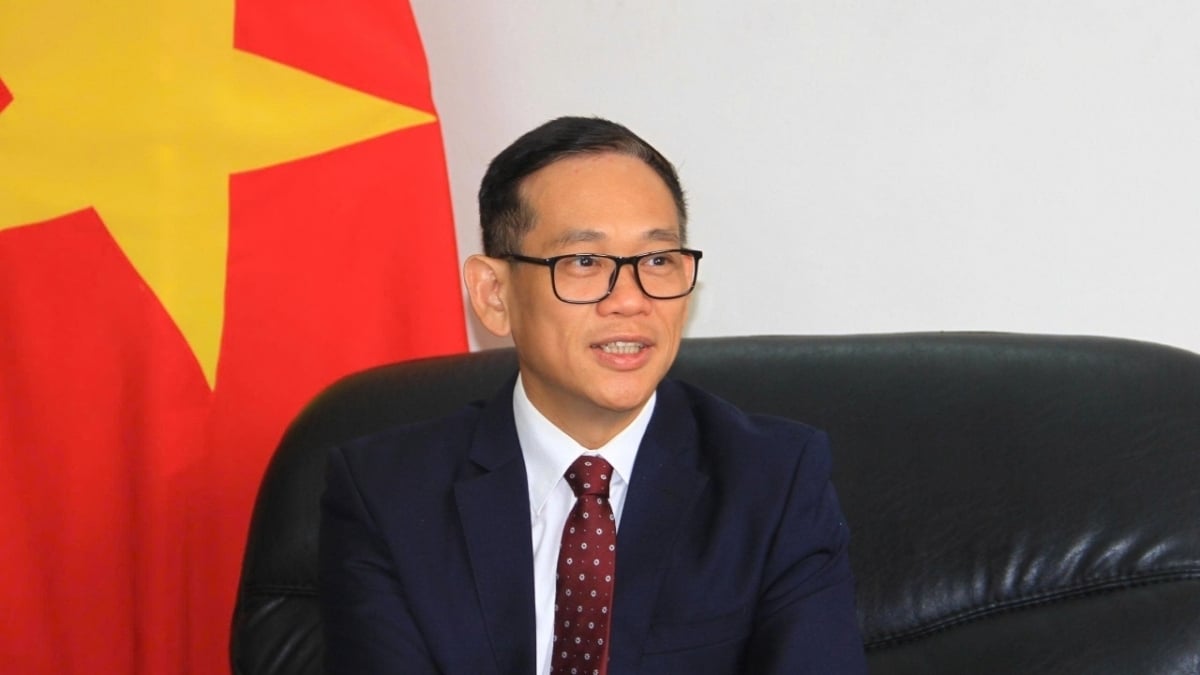


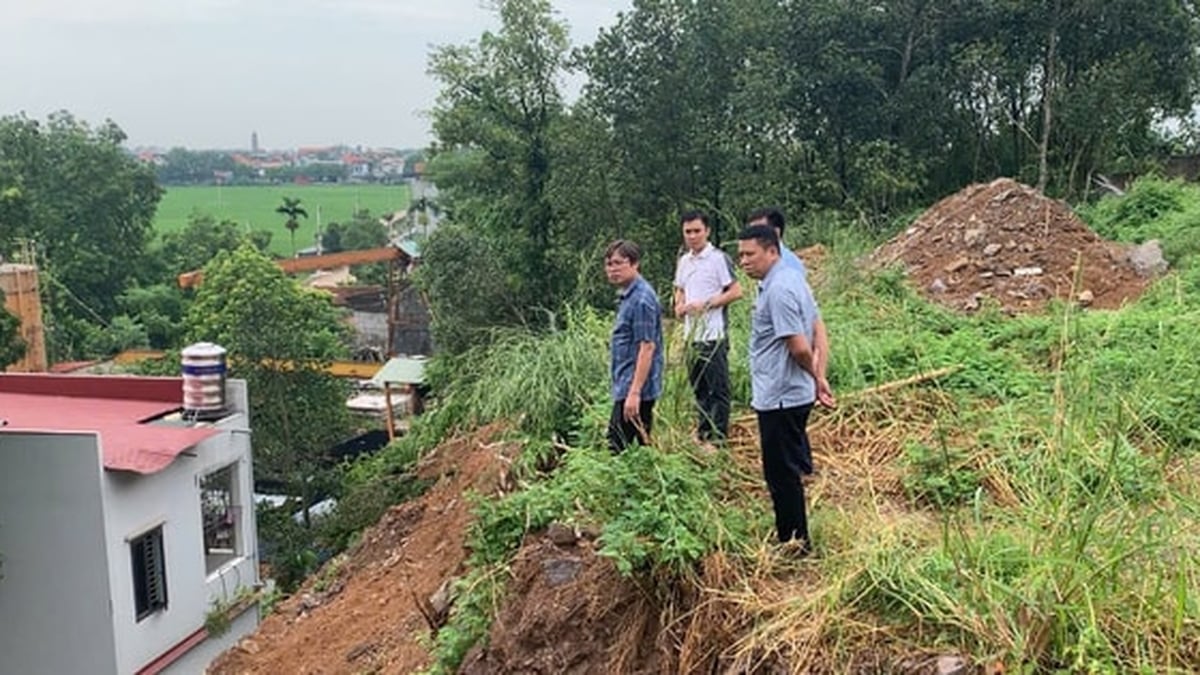


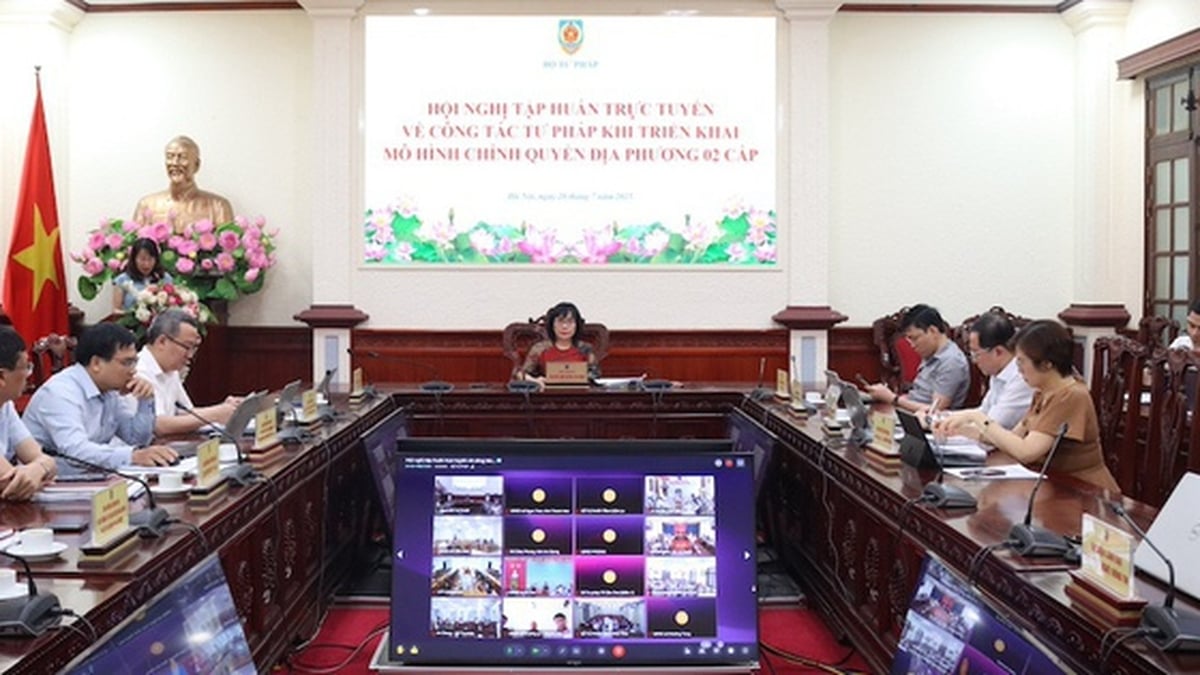

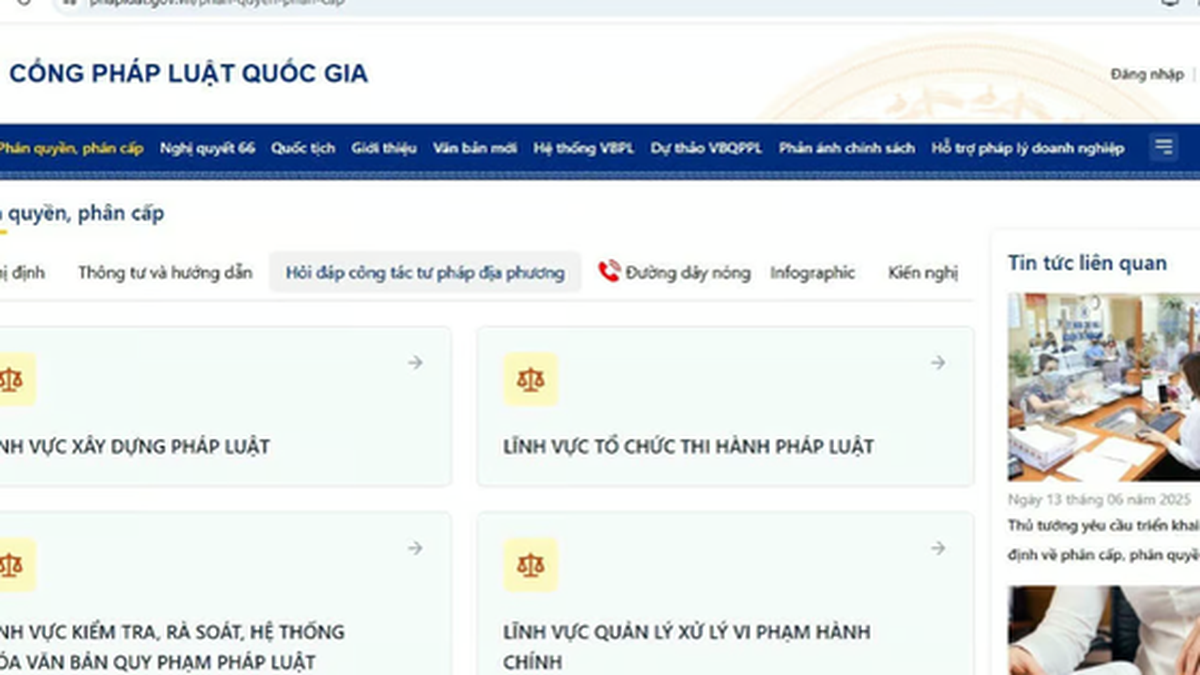
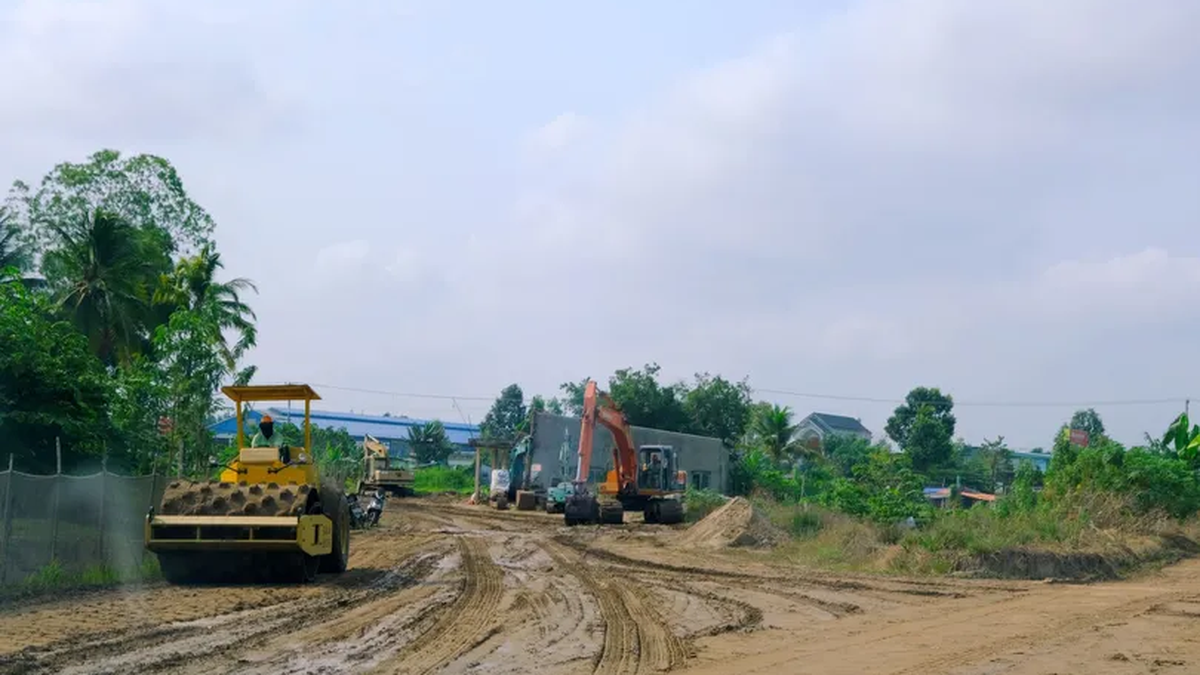










![[Photo] National Assembly Chairman Tran Thanh Man visits Vietnamese Heroic Mother Ta Thi Tran](https://vphoto.vietnam.vn/thumb/1200x675/vietnam/resource/IMAGE/2025/7/20/765c0bd057dd44ad83ab89fe0255b783)










































































Comment (0)